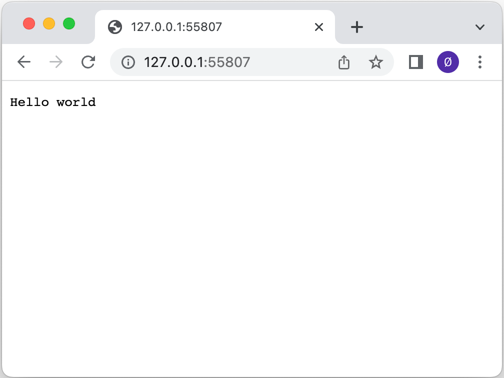Simple example of how to set up an HTTP server.

This example shows how to set up a server using the
QHttpServer
class. The server is bound to an incoming port using the
listen()
function, and the
route()
function is used to add a handler for each of several different incoming URLs. For one of the URLs, "/auth",
Basic HTTP Authentication
被使用。
const auto sslCertificateChain = QSslCertificate::fromPath(QStringLiteral(":/assets/certificate.crt")); if (sslCertificateChain.empty()) { qWarning() << QCoreApplication::translate("QHttpServerExample", "Couldn't retrieve SSL certificate from file."); return -1; } QFile privateKeyFile(QStringLiteral(":/assets/private.key")); if (!privateKeyFile.open(QIODevice::ReadOnly)) { qWarning() << QCoreApplication::translate("QHttpServerExample", "Couldn't open file for reading: %1") .arg(privateKeyFile.errorString()); return -1; } httpServer.sslSetup(sslCertificateChain.front(), QSslKey(&privateKeyFile, QSsl::Rsa)); privateKeyFile.close(); const auto sslPort = httpServer.listen(QHostAddress::Any); if (!sslPort) { qWarning() << QCoreApplication::translate("QHttpServerExample", "Server failed to listen on a port."); return -1; }
In the above example
QSslConfiguration
is used to show how to create an SSL configuration for a
QHttpServer
to serve HTTPS traffic.
httpServer.afterRequest([](QHttpServerResponse &&resp) { resp.setHeader("Server", "Qt HTTP Server"); return std::move(resp); });
The above example shows how to use the
afterRequest()
function of the
QHttpServer
to change the
QHttpServerResponse
object after it has been handled by the
route()
function. It demonstrates how HTTP headers can be added to the response.
文件:
图像: